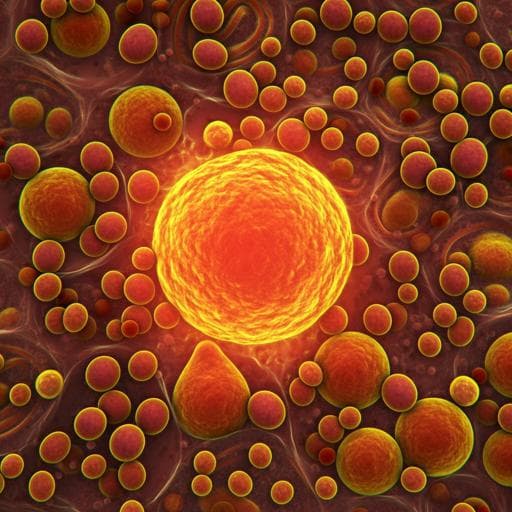
Medicine and Health
Differential routing and disposition of the long-chain saturated fatty acid palmitate in rodent vs human beta-cells
P. Thomas, C. Arden, et al.
Discover the intriguing differences in how rodent and human β-cells handle lipotoxicity from saturated fatty acids. This research by Patricia Thomas, Catherine Arden, Jenna Corcoran, Christian Hacker, Hannah J. Welters, and Noel G. Morgan reveals how palmitate routing impacts cell viability, offering insights into potential therapeutic strategies.
~3 min • Beginner • English
Related Publications
Explore these studies to deepen your understanding of the subject.







